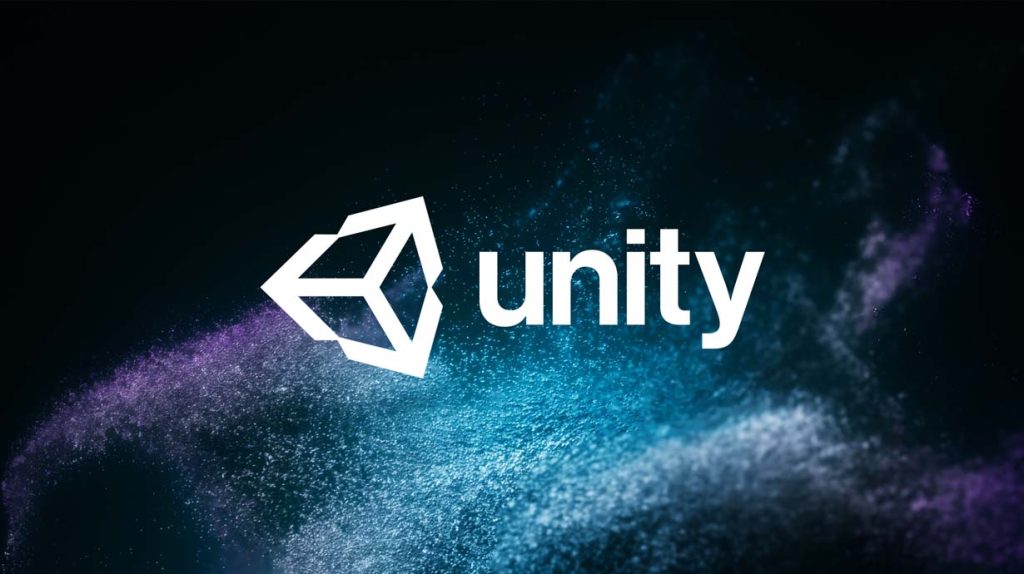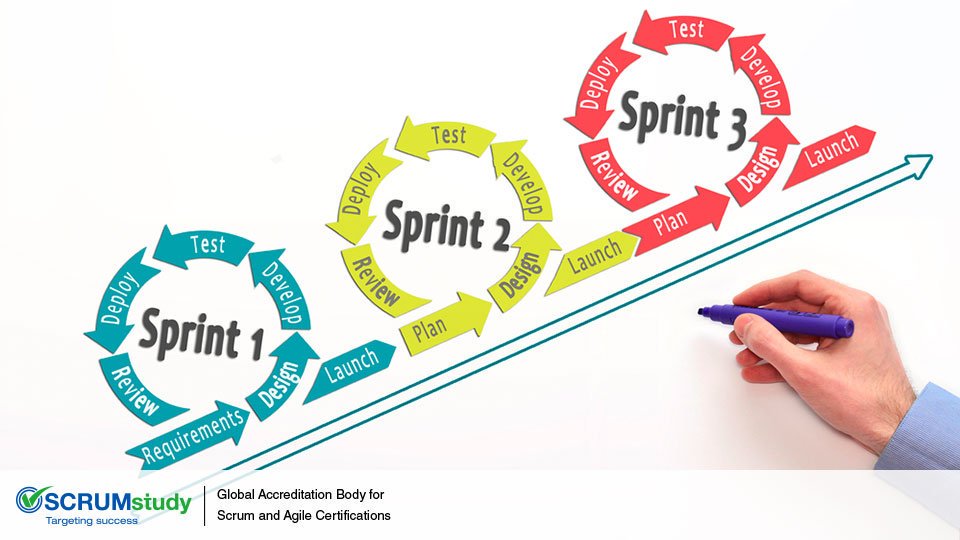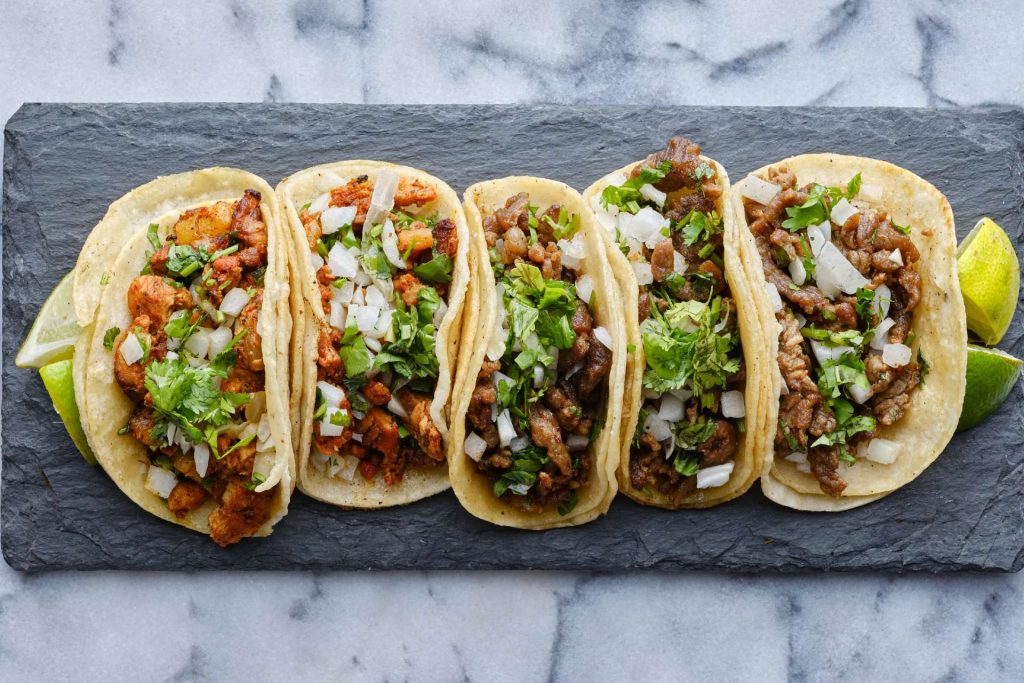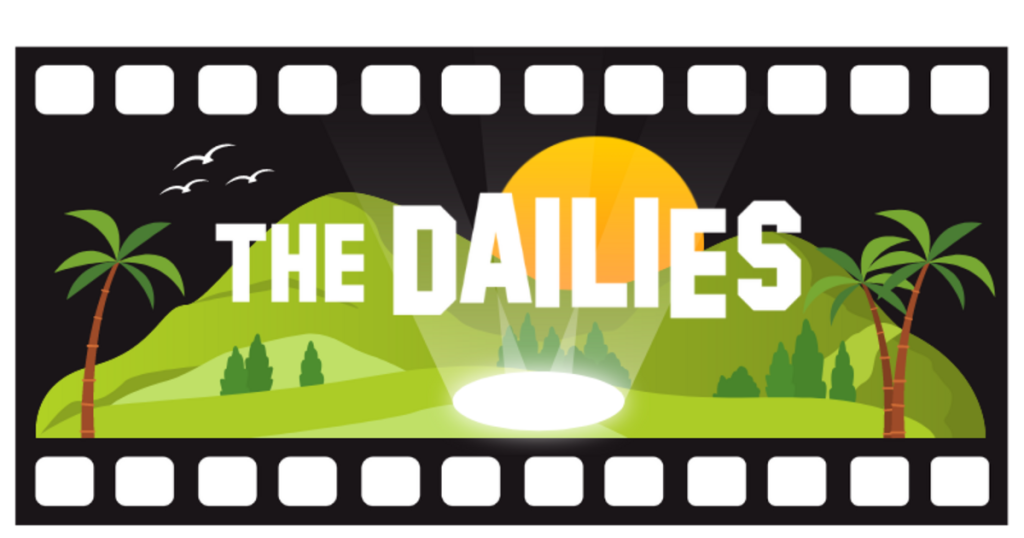Class hours: 10:05 – 2:45
Mr. Bohmann | wbohmann@ewsd.org
10:05 Today’s Notes & Attendance
Today is a Wacky Wednesday
Call Backs: Elle
Singer needed for the National Anthem – want to sing?
Looking for clothing to donate? CTE is hosting a clothing PopUP and is requesting donations:
- Gently used clothing with no rips, stains or holes
- Hoodies and sweatshirts
- Shoes, work boots
- Scrubs (for health care workers)
Vermontjobs.com will be hosting it’s annual Spring job fair at the South Burlington UMall on Saturday, May 3rd.
- 11:00 AM-4:00 PM – Free to Job Seekers!
- Here is the link for additional information!
PSA – Deadline for all PSAs is Thursday, 11:30am. We will watch your PSAs. PSAs will then be uploaded to YouTube via the contest submission guidelines. You will drop your link to your YouTube video to me before the class day ends to be considered as an on time delivery of your project. Projects not submitted by the deadline (3pm Thursday) will drop in grade. No exceptions.
10:10 Logical Expressions & Some Design Work

Normally, a pinball game like the one we’ve made will only add to the score when a bumper is hit. You may even want to assign different point values to different targets. To support this kind of advanced scoring, you would need to examine the actual objects involved in the collisions and make decisions about how many points to add to the score.
The general process of selecting statements to run is called flow control.
An expression is a part of a code statement that is evaluated to produce some answer. You are already familiar with mathematical expressions like 4 + 4 that will produce an answer such as 8.
int speed = 4 + 4; //score is a mathematical expressionTo make decisions in your code, you need a different kind of expression – a logical expression. That means questions you ask in your code have two possible answers – true (yes) or false (no).
So, you remember from our conversation yesterday that a Boolean (bool) data type is used to store a true or false values.
bool alive = health > 0; // health > 0 is a logical expressionThere is no mathematical operation, but instead, this is a comparison that looks at the value on both sides of the “>” symbol in the middle. The answer is either true or false.
There are several comparison operators:
- == (equal to operator) the result is true if both sides are equal
- != (not equal operator) the result returns true is two sides are not equal to each other
- < (less than operator)
- >(greater than operator)
- <=(less than or equal to operator)
- >=(greater than or equal to operator)
There are several logical operators:
| Logical Operator | C# Symbol | Example | Description |
|---|---|---|---|
| and | && | A &&B | Returns true if both “A” and “B” is true, or false otherwise |
| or | || | A || B | Returns true if either “A” or “B” are true, or false otherwise |
| exclusive or | ^ | A ^ B | Returns true if either “A” is true and “B” is false, or vice-versa |
| not | ! | !A | Returns true if “A” is false or false if “A” is true |
Let’s Practice. If you had two variables named score and health, how would you write a logical expression that was true if both score was greater than 100 and health was equal to 0?
score > 100 && health == 0
Adding Colliders to your custom background and Building Out your Game
Assignment: Create an Improved new Version of your Pinball game
- Custom Themed Board
- Custom Bumbers / Obstacles
- Custom Flippers
- Include a score
- Include three lives – then a Game Over
- Sounds, lights would also be nice – we may tackle these last two after break
Your completed Game will be ready for publishing with these bare minimum requirements on Friday – May 2nd.
10:50 Break

11:00 YRBS Survey

What is the Youth Risk Behavior Survey, or YRBS?
The YRBS is a national survey that was developed in 1990 to monitor priority health risk behaviors and has been administered in Vermont since 1993.
The survey is anonymous. Your answers will reflect your experiences and be added to your schools responses to the survey.
The YRBS is a paper, classroom-based survey that is completed during the first few months of an odd numbered year. Two questionnaires are used, one for middle school students in grades six through eight (30 minutes) and one for high school students in grades nine through 12 (50 minutes).
The YRBS is an important public health tool for measuring the health of Vermont’s youth. The types of questions asked include risk behaviors (e.g. smoking and poor physical activity), substance use (e.g. alcohol and marijuana use), demographics (e.g. gender), perceptions around behavior (e.g. what do parents think about youth drinking), and youth assets (e.g. think you matter in your community).
PSA Sprint

When you are done with the survey, get to work on your PSA final work for you final Sprint
11:55 Lunch

12:25 Independent Reading

12:50 Break

1:00 Production Time and Guided Support
Work on PSA
Work on Video Game (Pinball)
1:50 Dailies

Dailies can be placed in the CAWD2 Dailies Folder on the CAWD2 Public Folders drive